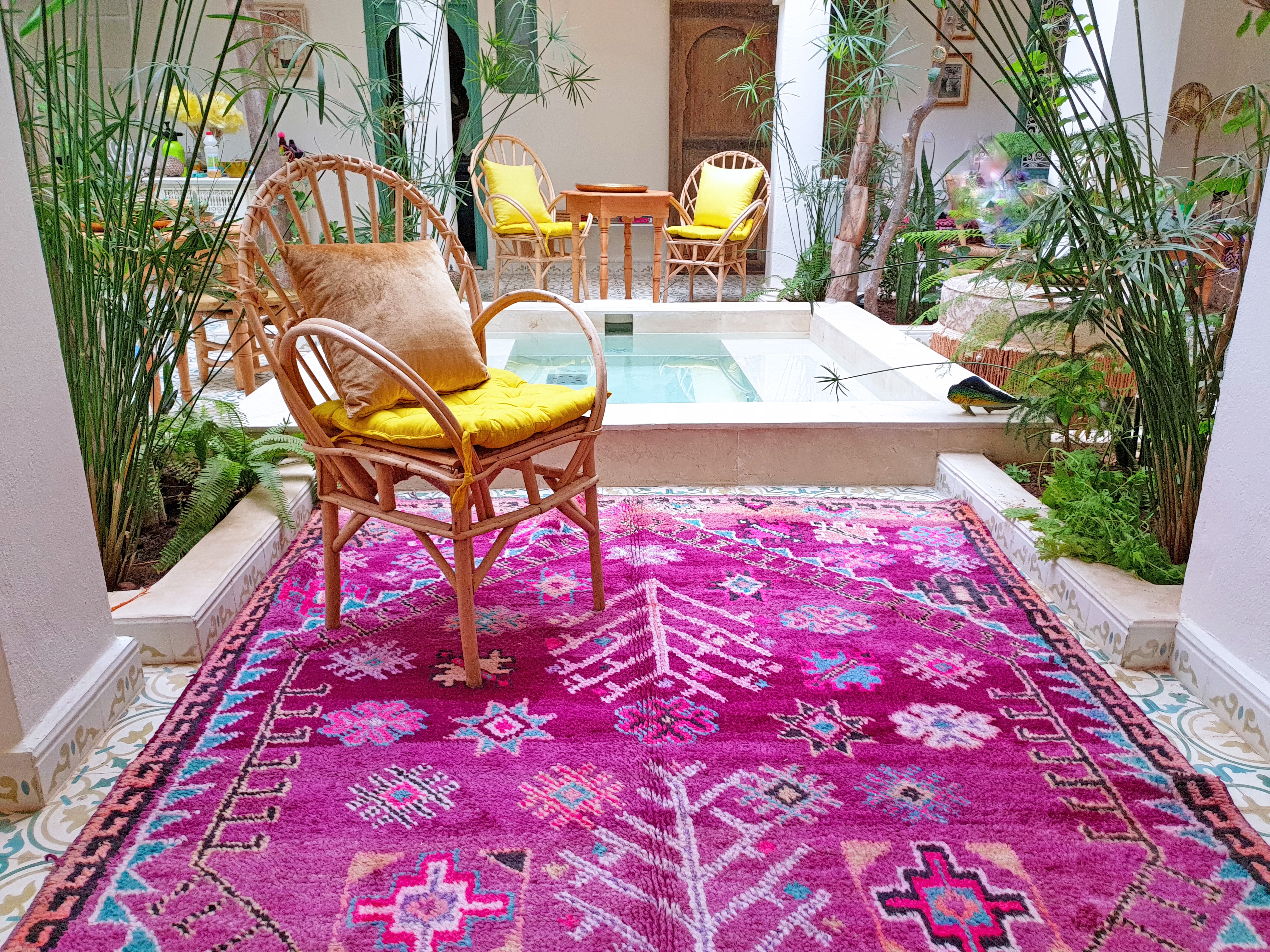
The Hidden Treasures of Moroccan Handicrafts: From Carpets to Ceramics
Across the millennia, Moroccan artistry has etched a unique and indelible mark on the world, manifested primarily in the country's elaborate and finely crafted handicrafts. Whether it's the intricate Zellige tiles that embellish palaces, the plush Berber carpets that grace interiors worldwide, or the beautifully glazed pottery that doubles as functional art, Moroccan handicrafts have a history as colorful as the items themselves. This treasure trove of crafts presents an untapped source of innovation, heritage, and potential profitability for businesses willing to import these works of art.
Carpets - Woven Narratives of a Rich Culture
Perhaps nothing better symbolizes the essence of Moroccan culture than their traditional handmade carpets. Known as Kilims or Berber rugs, these woven wonders are not merely decorative pieces but narrate tales of the tribes from which they originate. Their characteristic geometric patterns and earthy colors reflect the natural surroundings of the Berber people and portray a craft passed down through generations.
The demand for these carpets extends beyond Morocco's borders, as global consumers are evermore inclined towards products with authenticity, cultural richness, and unique aesthetics. Hand-knotted by Berber women in rural cooperatives, these rugs represent more than a stylish home accessory. They are embodiments of a living tradition, and importing them promotes cultural preservation while offering a high-quality, ethically produced product to your customers.
Zellige Tiles – Pieces of Mosaic Masterpieces
When you walk through the narrow, winding streets of old Moroccan cities, your eyes are inevitably drawn towards the stunning Zellige tilework. Zellige, an art form that dates back to the 10th century, involves arranging precisely cut glazed tiles into complex geometric patterns. The results are mosaics that shimmer with an array of colors and styles, each telling a tale of Moroccan aesthetics and mathematical precision.
In the world of interior design, Zellige tiles have seen a surge in popularity, being utilized in kitchens, bathrooms, and patios. By importing these tiles, businesses not only have the opportunity to offer a unique product steeped in history but also meet the growing demand for distinctive and bold home designs.
Ceramics – From Clay to Classy Creations
The pottery towns of Safi and Fes in Morocco are renowned for their ceramics. These hand-thrown and hand-painted pieces, glazed in vibrant hues, bear testament to Morocco's ceramic mastery. The pottery ranges from large Tagine cooking pots, emblematic of Moroccan cuisine, to smaller ornamental pieces and tableware.
The undeniable appeal of Moroccan ceramics lies in their blend of functionality and artistry. In a world where homogeneity is often the norm, the uniqueness of Moroccan pottery offers a breath of fresh air. As consumers increasingly value unique, artisanal items, Moroccan ceramics present an excellent import opportunity.
The Opportunity and Impact
Importing Moroccan handicrafts does more than just connect you to a supply of beautiful, unique products. It also fosters a relationship with artisans and craft communities, allowing them to sustain their traditions, improve their living conditions, and bring their work to a larger global audience.
Through fair trade practices, importing these products can ensure a sustainable and equitable economic model that values artisanal craftsmanship. So, as you enrich your business portfolio with these treasures from Morocco, you also contribute to a broader socio-economic impact.
The hidden treasures of Moroccan handicrafts, from carpets to ceramics, offer a vast array of import opportunities for discerning businesses. Their rich history, unique aesthetics, and cultural significance appeal to a wide range of consumers, making them a viable and valuable investment. By bringing these pieces into the international marketplace, businesses can meet the increasing demand for unique, high-quality, ethically-sourced products while playing a part in preserving a rich cultural heritage.
